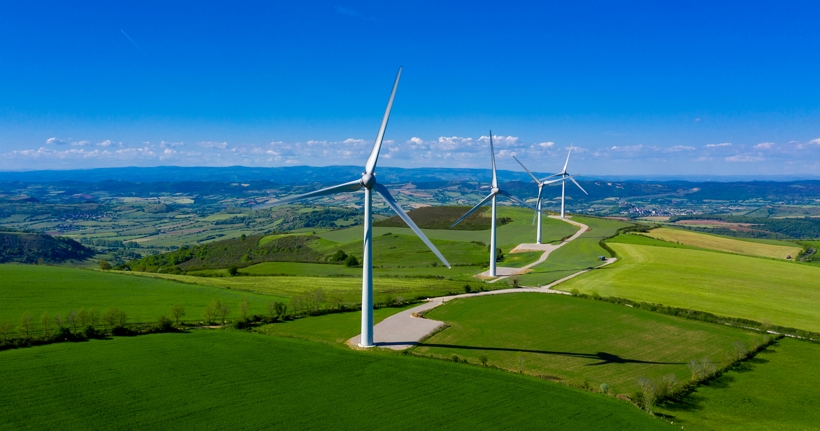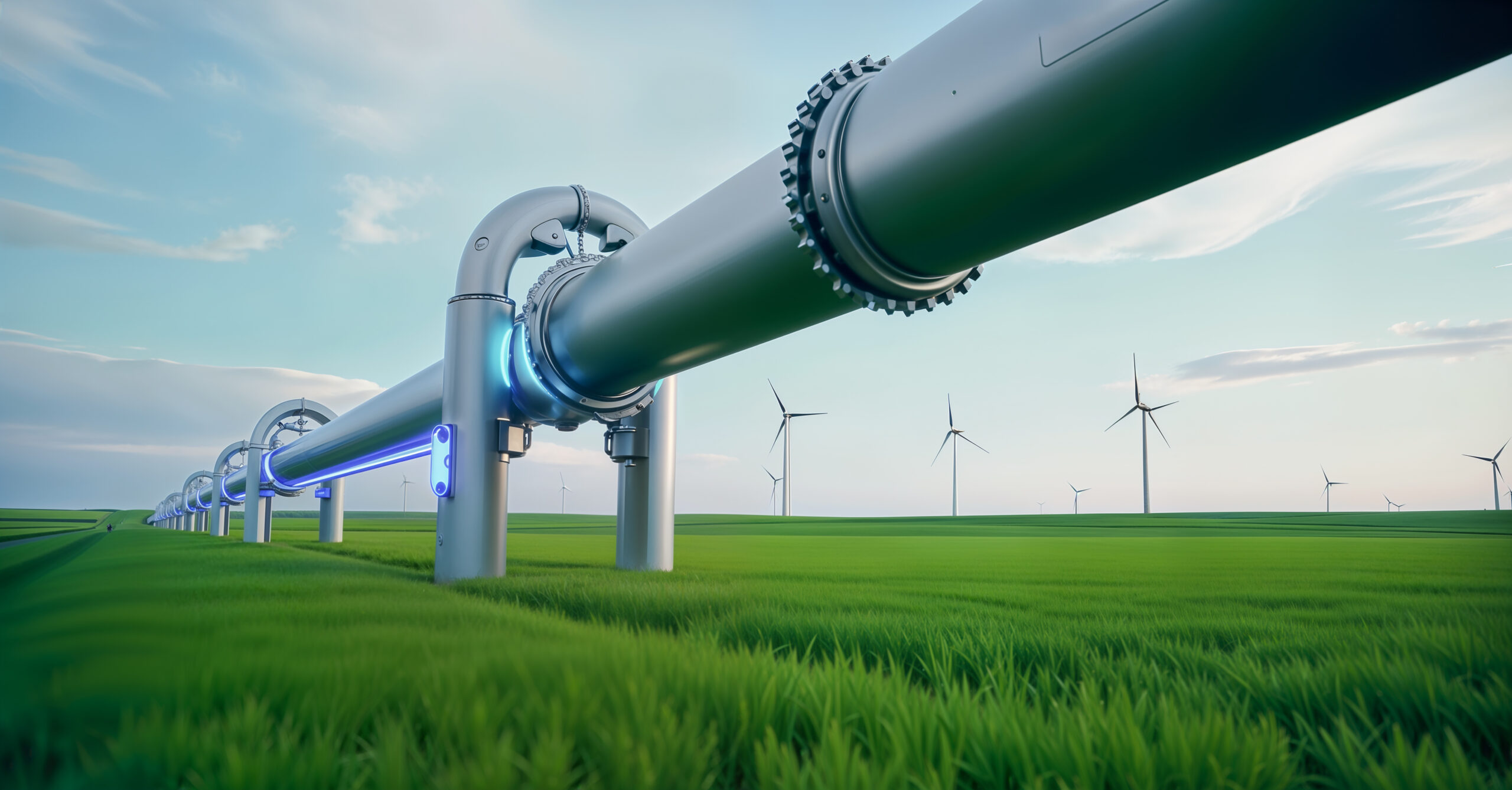The oil and gas industry plays a pivotal role in meeting global energy demands and remains a cornerstone of economic development worldwide. As one of the largest and most influential sectors in the global economy, it provides the energy that powers transportation, industry, and households, driving economic growth and improving living standards.
While being essential to global energy needs and economic development, the industry faces significant environmental challenges that impact ecosystems, human health, and the climate. One of the most pressing issues is greenhouse gas emissions, particularly carbon dioxide and methane, which contribute to global warming and climate change. These emissions arise not only from the burning of fossil fuels for energy but also from leaks during extraction, transportation, and storage processes.
The article will illuminate how the oil and gas industry is working to balance its role in global energy supply with its responsibility toward environmental management. It will also highlight the growing focus on sustainable practices, waste reduction strategies, and the development of cleaner extraction technologies.
#Environmental challenges in the oil and gas industry
The oil and gas industry faces several significant environmental challenges that arise throughout the entire lifecycle of energy production, from exploration and extraction to transportation and consumption. These challenges have wide-reaching impacts on ecosystems, human health, and the global climate. Below are some of the key environmental issues associated with this industry:
Greenhouse Gas Emissions
It refers to the release of gases into the Earth's atmosphere that trap heat and contribute to the greenhouse effect; which is a natural process that warms the Earth's surface by allowing sunlight to enter and trapping heat in the atmosphere.
The primary greenhouse gases (GHGs) are Carbon dioxide (CO₂), Methane (CH₄), Nitrous oxide (N₂O) and Fluorinated gases which are a group of synthetic gases (like hydrofluorocarbons, perfluorocarbons, and sulfur hexafluoride).
The energy sector is usually the most important sector in GHG emission inventories and typically contributes over 90% of the CO₂ emissions and 75% of the total greenhouse gas emissions in developed countries.
In particular, the oil and gas sector is responsible for both fugitive emissions and the broader carbon footprint, both of which need urgent attention to mitigate their environmental impact.
Let us take a look at each of these below.
Fugitive Emissions
This relates to the unintentional release of GHGs, primarily methane, during the extraction, processing, and transportation of oil and gas. These occur due to leaks, faulty equipment, or improper sealing of valves, pipes, and tanks.
Fugitive methane emissions can occur at various stages of the oil and gas value chain, especially during drilling, fracking, gas processing, and transportation.
Worn-out pipelines, valves, and equipment often contribute to such emissions. In many cases, poor maintenance and outdated infrastructure can lead to leaks that go unnoticed until detected by advanced monitoring systems.
Carbon Footprint
The oil and gas industry's carbon footprint encompasses all direct and indirect emissions of CO₂ and other GHGs associated with its operations. This includes emissions from exploration, extraction, refining, and the burning of oil and gas as energy sources.
The burning of oil and gas products for energy is the largest source of carbon emissions in the oil and gas lifecycle. Fossil fuels are burned in vehicles, power plants, and industrial facilities, releasing CO₂ directly into the atmosphere, significantly contributing to global warming.
.jpeg)
Flaring and Venting
These are two practices used in the oil and gas industry to manage excess gases that cannot be processed or transported immediately.
Flaring is the controlled burning of excess natural gas or other volatile substances during oil and gas extraction or processing. This practice safely disposes of gases that cannot be captured, stored, or transported due to technical limitations, market conditions, or infrastructure constraints. It typically involves burning the gas at a high temperature to convert it into carbon dioxide and water vapor, minimizing the potential for more harmful emissions.
On the other hand, Venting involves releasing gases directly into the atmosphere without burning them. This practice often occurs when there is no immediate need to flare the gas, or if the infrastructure is unavailable or too costly to process the gas. The gas that is vented is typically methane, which is a much more potent greenhouse gas than CO₂.
The consequences are that both these practices contribute significantly to climate change, resulting in increased GHG emissions. Moreover, the environmental pollutants from these practices, including acid rain and smog, can damage local ecosystems, harm wildlife, and degrade the surrounding land and water sources.
Waste and Pollution
The oil and gas industry generates significant amounts of industrial waste, which includes produced water, chemical byproducts, and the catastrophic effects of oil spills.
Let us look at each of these below.
Produced Water
This is a byproduct of oil and gas extraction, consisting of water naturally present in the underground reservoir alongside oil and gas. It often contains a mix of contaminants, including hydrocarbons, salts, heavy metals, and toxic chemicals.
When improperly disposed of or leaked, it can contaminate nearby surface and groundwater sources, leading to the pollution of rivers, lakes, and aquifers.It can seep into the soil if not adequately treated, leading to long-term soil contamination that affects agricultural land.
Chemical Byproducts
The oil and gas extraction process involves using a wide range of chemicals, such as solvents, acids, and corrosion inhibitors, which can result in hazardous byproducts.
Toxic chemical releases can occur due to waste chemicals from drilling and fracking operations. These chemicals can pollute the soil, groundwater, and surface water, affecting ecosystems and human health.These chemicals can accumulate in the food chain, a process known as bioaccumulation, posing risks to wildlife that consume contaminated plants or prey.
Oil Spills
Oil spills, whether on land or at sea, are among the most visible and harmful forms of pollution from the oil and gas industry. They can occur due to accidents involving pipelines, offshore drilling rigs, tankers, or storage facilities.
Oil poses serious damage to marine ecosystems. When released into the water, it coats the fur and feathers of wildlife, impairing their ability to insulate and regulate body temperature, leading to death.
Moreover, these spills can severely disrupt local economies, particularly those dependent on fishing and agriculture. Contaminated waters and beaches reduce fish stocks and harm commercial fishing industries.It can also pose a health risk to communities near spill sites as they are exposed to harmful chemicals and air pollutants released during the spill; which can cause respiratory problems and skin irritation.
.jpeg)
#Solutions to reduce environmental impact
The energy industry is one of the largest contributors to environmental degradation, particularly through greenhouse gas (GHG) emissions, flaring, and venting. However, several solutions are being developed and implemented to address these environmental impacts.
Let's explore the technologies and approaches that are helping the industry reduce its environmental footprint.
Emissions Monitoring and Mitigation
Monitoring emissions is crucial for detecting leaks, tracking pollution levels, and ensuring that oil and gas operations comply with environmental regulations. Advances in satellite technology and AI-driven systems are revolutionizing the way emissions are monitored and managed in real time.
Let us take a closer look at these advances below.
Satellite Monitoring:
Satellites equipped with infrared sensors can detect methane and other GHG emissions from oil and gas facilities. These sensors can detect leaks in remote or difficult-to-reach areas, such as offshore platforms or pipelines, where traditional ground-based monitoring may be impractical.
For example, satellites from organizations like NASA and the European Space Agency (ESA) can track methane emissions over vast regions and provide detailed data on the location and intensity of leaks.AI and Machine Learning:
Artificial intelligence (AI) and machine learning algorithms are increasingly being used to analyze emissions data collected by satellites and other sensors. These systems can quickly identify patterns, predict potential leaks, and alert operators to take corrective actions in real time.
AI and sensors integrated into on-site equipment (such as pipelines, tanks, and gas processing plants) enable real-time monitoring of emissions. These systems detect leaks almost instantaneously, allowing companies to take immediate action before they escalate into major issues.
Reducing Flaring and Venting
Reducing these practices is a key focus for minimizing the industry's environmental impact.
One of the most effective solutions for reducing flaring is Gas reinjection, where excess natural gas is injected back into the oil reservoir instead of being flared or vented. Natural gas is pumped back into the oil reservoir to maintain pressure or enhance oil recovery. This prevents the gas from being released into the atmosphere and significantly reduces emissions.Another method is the Gas-to-liquids (GTL) technology, which converts natural gas into liquid fuels, such as diesel or synthetic gasoline, which can be used in existing infrastructure and sold as commodities. GTL helps reduce the need for flaring by turning excess gas into valuable products.
Transitioning to sustainable practices
The energy industry is increasingly adopting sustainable practices to reduce its environmental footprint. These practices are designed to improve efficiency, reduce waste, and support the broader goal of reducing reliance on fossil fuels.
Some oil and gas companies are incorporating renewable energy sources like solar, wind, and biomass into their operations to reduce their carbon footprint. Companies use solar panels and wind turbines to generate electricity for their operations, reducing the need for electricity from fossil-fuel-powered sources.
Another practice is the electrification of oilfield operations, that involves replacing diesel and gas-powered equipment with electric alternatives. This includes using electric drilling rigs, trucks, and pumps powered by renewable energy.
Companies are also incorporating the principles of circular economy and waste reduction, in which waste products such as produced water, drilling fluids, and other byproducts are reused, treated, or recycled; reducing the need for disposal and minimizing the impact of waste on the environment.

#The path to a greener future
As the world transitions towards a low-carbon economy, oil and gas companies are under increasing pressure to align their operations with global climate targets, reduce their environmental footprint, and demonstrate leadership in sustainability.
This transition is driven by a combination of regulatory frameworks, market forces, and growing consumer and stakeholder demands for accountability and transparency in environmental practices.
One such instance is the Paris Agreement, adopted in 2015. This agreement aims to limit global warming to well below 2°C, preferably to 1.5°C, compared to pre-industrial levels. This ambitious target requires massive reductions in greenhouse gas (GHG) emissions, especially from the energy sector, which is responsible for a significant portion of global emissions.
#Conclusion
As global awareness of climate change and environmental sustainability grows, consumers, investors, and regulators demand more accountability and transparency from oil and gas companies. These stakeholders are pushing for greater visibility into how companies are measuring and reducing their environmental impact.
One key way oil and gas producers respond to these demands is by adopting comprehensive Environmental, Social, and Governance (ESG) reporting frameworks. ESG reporting provides stakeholders with a detailed view of a company's sustainability practices, including its efforts to reduce emissions, improve energy efficiency, and invest in clean technologies.




